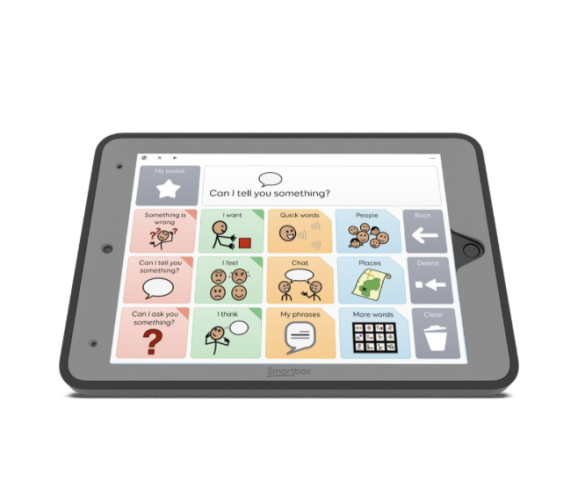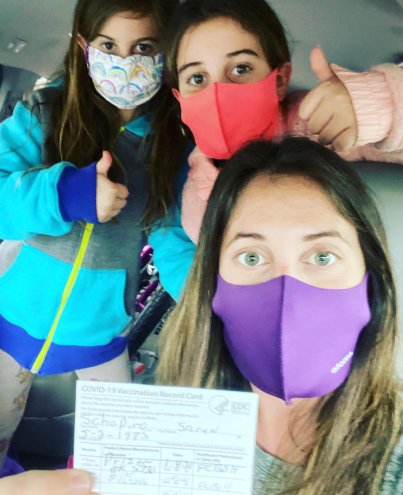Speech Therapy in Atlanta, Sandy Springs and Dunwoody , GA. Speak to a Pediatric Speech Therapist Now
Speech Therapy in Atlanta, Sandy Springs and Dunwoody , GA. Speak to a Pediatric Speech Therapist Now
The frenulum is a fibrous attachment that connects the tongue to the floor of the mouth and the lips to the gums. When the frenulum is too short, it can restrict the movement of the tongue and lips, and can interfere in normal swallow function, overall dental and craniofacial development can effect speech.
Typically a tongue tie or a lip tie can be diagnosed as early as the first few days post birth. This is especially true when a poor nursing latch, or painful breastfeeding are involved. However, sometimes the signs are not so obvious, and other symptoms arise, including speech delays, sleep disordered breathing, or improper swallow. Children appear in our office at three points in life for evaluation of lip and tongue ties. We typically see newborns who have difficulty with nursing, children who are having difficulty with speech, and teens in orthodontia whose teeth are separated by the frenum and the orthodontist would like the frenum released for ideal esthetic results.
For Dr. Cassinelli, your child's health and well being is our primary concern. By utilizing a laser, we can assure a quick and minimally invasive procedure, with nominal soft tissue damage and scar tissue. The laser is used for the most intricate and delicate surgeries, and is the most gentle to the tissues when compared to other lasers and scalpels or blades. The procedure itself takes a matter of seconds, with minimal to no bleeding, and no sutures. There is no discomfort after the procedure and little to no risk of infection.
SAGE Speech & Learning is the ONLY practice in Georgia that is trained and certified to provide the Lidcombe Program for stuttering. Stuttering therapy in Atlanta is scarce, and much…
A compassionate and enthusiastic person who provides one-on-one help in the classroom for a child with diverse needs. A facilitator's goal is for their student to be successful in the…
Speech therapy is the evaluation and treatment of communication and swallowing disorders. Speech and language development usually follows a typical pattern in children. If you have concerns about your child's…
SAGE Speech & Learning strives to provide each family with a welcoming and knowledgeable team of specialists, each uniquely equipped to address the needs of your child. We refer to…
The laser acts to vaporize the tissue. There is very little discomfort with a laser, and some babies and children do not even notice the procedure being done. The procedure is performed with minimal topical anesthetic- there are no shots or needles used! The procedure time takes about a minute, and there is minimal to no bleeding, no sutures, and the laser creates a sterile environment, meaning there is little to no risk of infection.
Absolutely not! There is never a bad time to revise a lip or tongue tie if it is causing symptoms. Treatment modalities depend greatly on child's age and cooperation levels. At Peak Pediatric Dentistry in Atlanta, we treat newborns, children, and teens with restrictive issues. We treat children having speech difficulties due to restricted tongue movement. We also treat pre teens and teens with frenums that separate the front teeth and inhibit good orthodontic results.
The frenectomy procedure is just the first step toward a happy and healthy breastfeeding experience with your baby. We HIGHLY recommend working with your Board Certified Lactation Consultant (IBCLC), as you will require further training in getting a proper and full latch.
If your child's procedure was done to aid in development of speech and language, working closely with a speech pathologist is important. Though the procedure helps with tongue and lip posture, remember, your child has never utilized their tongue in the way they can after the procedure. Children need to work with a speech pathologist to retrain the muscles and the brain to coordinate speech.
If your child's procedure was done in conjunction with an orthodontist, most orthodontists move the front teeth together and place a small wire on the back of the teeth to hold these teeth in position for the remainder of their life. Children with strong lip ties have teeth that always want to drift apart. The orthodontist will keep that from happening with a small wire attached to the backside of the front teeth.
Most infants and children do not require any pain medication, however, every child responds in his or her own way. You may notice more irritability or fatigue depending on the treated ties or individual sensitivities.
At home you will notice that the upper lip is now freed into a new, fuller position. Keep in mind that this new lip and tongue mobility will be new and confusing to your child, and you must grant them a period of time to adjust to their improved muscle function. Be patient with your child, as they are relearning to properly use their muscles.
Aftercare and wound management is the most critical part of the success of the procedure. The tissues of the mouth begin to heal within the first 24 hours, and this may result in premature reattachment of the tissues. You will notice a yellow diamond for the first week after the revision. In regards to the tongue and lip, the ideal healing pattern is in an open conformation, rather than closed. Meaning stretching the wounds, and massaging the wounds is incredibly important to avoid reattachment.
Stretches should be fun, and accompanied with a song, or laughing. If you are anxious, your infant or child will read this. Stretches should be performed 8-10 times a day for 3-4 weeks.

At SAGE Speech & Learning Associates, we know that the best care for our clients comes from a collaborative approach. This…
Read More
At SAGE Speech & Learning Associates, we believe that early intervention is key when it comes to speech and language development,…
Read More
At SAGE Speech & Learning Associates, we are committed to providing personalized and specialized care for every child we serve. We…
Read More
Exploring the Benefits of Speech Generating Devices in Speech Therapy: Insights…
Read More
Has your school considered engaging SAGE Speech & Learning Associates? At SAGE Speech & Learning Associates, we recognize the vital role…
Read More
Fingers crossed, but it seems it that 2021 is shaping up to be a much better school year than 2020. We…
Read More
A Letter From Founder Saren Schapiro M.Sc., CCC-SLP Dear Colleagues, As the year rounds into the second quarter, I am touching…
Read More
Hello Clients and Friends, I want to thank you for being a part of our team in 2020. To have made…
Read More
Discuss with the child out loud/verbally what's coming next--"First we do this, then this, then this, then done/lunch/play/etc" Bundle-up…
Read More
This is a question we never imagined we would have to answer. SAGE Speech & Learning has pivoted to teletherapy services…
Read More